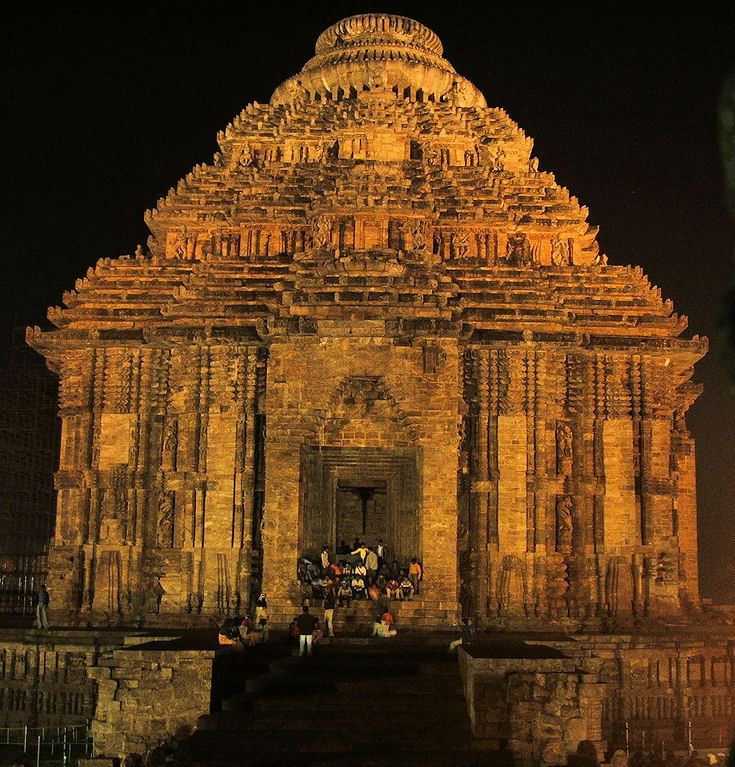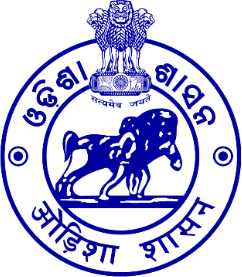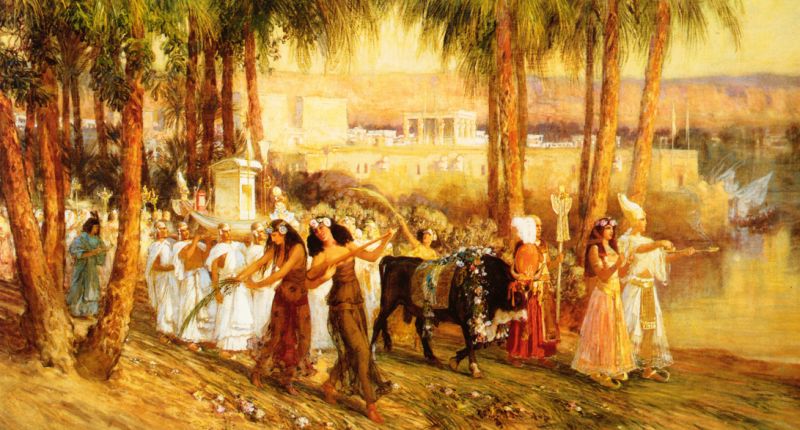|
Konark Dance Festival
Konark Dance Festival is a five-day dance festival held every year in the month of December mostly from 1 to 5 in backdrop of the Sun temple in Konark, Odisha in India. It is one of the biggest dance festivals held in Odisha. The exquisite 'Salamander' or the 'dancing hall' of this shrine is an architectural wonder. Every inch of its walls has been covered with fine artistic designs of ancient times. Musicians playing drums, cymbals, and other musical instruments adorn the sculptures in Odissi Odissi (), also referred to as Orissi in old literature, is a major ancient Indian classical dance that originated in the temples of Odisha – an eastern coastal state of India. [...More Info...] [...Related Items...] OR: [Wikipedia] [Google] [Baidu] |
Sun Temple
A sun temple (or solar temple) is a building used for religious or spiritual activities, such as prayer and sacrifice, dedicated to the sun or a solar deity. Such temples were built by a number different cultures and are distributed around the world including in India, China, Egypt, Japan and Peru. Some of the temples are in ruins, undergoing excavation, preservation or restoration and a few are listed as World Heritage Sites individually or as part of a larger site, such as Konark. China The Temple of the Sun in Beijing, China, was built in 1530 during the Ming dynasty by the Jiajing Emperor, together with new temples dedicated to the Earth and the Moon, and an expansion of the Temple of Heaven. The Temple of the Sun was used by the imperial court for elaborate acts of worship involving fasting, prayers, dancing and animal sacrifices, as part of a year-long cycle of ceremonies involving all the temples. An important element was the colour red, which was associated with t ... [...More Info...] [...Related Items...] OR: [Wikipedia] [Google] [Baidu] |
Konark
Konark is a medium town in the Puri district in the state of Odisha, India. It lies on the coast by the Bay of Bengal, 65 kilometres from the capital of the state, Bhubaneswar. It is the site of the 13th-century Sun Temple, also known as the ''Black Pagoda'', built in black granite during the reign of Narasinghadeva-I. The temple is a World Heritage Site. The temple is now mostly in ruins, and a collection of its sculptures is housed in the Sun Temple Museum, which is run by the Archaeological Survey of India. Konark is also home to an annual dance festival called Konark Dance Festival, devoted to classical Indian dance forms, including the traditional classical dance of Odisha, Odissi. In February 2019, the Konark Dance Festival (now called Konark Music and Dance Festival) will be hosting its 33rd edition. The state government is also organising annual Konark Festival and International Sand Art Festival at Chandrabhaga Beach of Konark. On 16 February 1980, Konark lay direct ... [...More Info...] [...Related Items...] OR: [Wikipedia] [Google] [Baidu] |
Odisha
Odisha (English: , ), formerly Orissa ( the official name until 2011), is an Indian state located in Eastern India. It is the 8th largest state by area, and the 11th largest by population. The state has the third largest population of Scheduled Tribes in India. It neighbours the states of Jharkhand and West Bengal to the north, Chhattisgarh to the west, and Andhra Pradesh to the south. Odisha has a coastline of along the Bay of Bengal in Indian Ocean. The region is also known as Utkala and is also mentioned in India's national anthem, " Jana Gana Mana". The language of Odisha is Odia, which is one of the Classical Languages of India. The ancient kingdom of Kalinga, which was invaded by the Mauryan Emperor Ashoka (which was again won back from them by King Kharavela) in 261 BCE resulting in the Kalinga War, coincides with the borders of modern-day Odisha. The modern boundaries of Odisha were demarcated by the British Indian government when Orissa Province was es ... [...More Info...] [...Related Items...] OR: [Wikipedia] [Google] [Baidu] |
India
India, officially the Republic of India ( Hindi: ), is a country in South Asia. It is the seventh-largest country by area, the second-most populous country, and the most populous democracy in the world. Bounded by the Indian Ocean on the south, the Arabian Sea on the southwest, and the Bay of Bengal on the southeast, it shares land borders with Pakistan to the west; China, Nepal, and Bhutan to the north; and Bangladesh and Myanmar to the east. In the Indian Ocean, India is in the vicinity of Sri Lanka and the Maldives; its Andaman and Nicobar Islands share a maritime border with Thailand, Myanmar, and Indonesia. Modern humans arrived on the Indian subcontinent from Africa no later than 55,000 years ago., "Y-Chromosome and Mt-DNA data support the colonization of South Asia by modern humans originating in Africa. ... Coalescence dates for most non-European populations average to between 73–55 ka.", "Modern human beings—''Homo sapiens''—originated in Africa. Th ... [...More Info...] [...Related Items...] OR: [Wikipedia] [Google] [Baidu] |
Odissi
Odissi (), also referred to as Orissi in old literature, is a major ancient Indian classical dance that originated in the temples of Odisha – an eastern coastal state of India.Odissi ''Encyclopædia Britannica'' (2013) Odissi, in its history, was performed predominantly by women, and expressed stories and spirital ideas, particularly of through songs written and composed according to the ''ragas'' & ''talas'' of |
Dance Festivals In India
Dance is a performing art form consisting of sequences of movement, either improvised or purposefully selected. This movement has aesthetic and often symbolic value. Dance can be categorized and described by its choreography, by its repertoire of movements, or by its historical period or place of origin. An important distinction is to be drawn between the contexts of theatrical and participatory dance, although these two categories are not always completely separate; both may have special functions, whether social, ceremonial, competitive, erotic, martial, or sacred/liturgical. Other forms of human movement are sometimes said to have a dance-like quality, including martial arts, gymnastics, cheerleading, figure skating, synchronized swimming, marching bands, and many other forms of athletics. There are many professional athletes like, professional football players and soccer players, who take dance classes to help with their skills. To be more specific professional athletes ta ... [...More Info...] [...Related Items...] OR: [Wikipedia] [Google] [Baidu] |
Festivals In Odisha
A festival is an event ordinarily celebrated by a community and centering on some characteristic aspect or aspects of that community and its religion or cultures. It is often marked as a local or national holiday, mela, or eid. A festival constitutes typical cases of glocalization, as well as the high culture-low culture interrelationship. Next to religion and folklore, a significant origin is agricultural. Food is such a vital resource that many festivals are associated with harvest time. Religious commemoration and thanksgiving for good harvests are blended in events that take place in autumn, such as Halloween in the northern hemisphere and Easter in the southern. Festivals often serve to fulfill specific communal purposes, especially in regard to commemoration or thanking to the gods, goddesses or saints: they are called patronal festivals. They may also provide entertainment, which was particularly important to local communities before the advent of mass-produced entert ... [...More Info...] [...Related Items...] OR: [Wikipedia] [Google] [Baidu] |
Indian Classical Music
Indian classical music is the classical music of the Indian subcontinent. It has two major traditions: the North Indian classical music known as ''Hindustani'' and the South Indian expression known as '' Carnatic''. These traditions were not distinct until about the 15th century. During the period of Mughal rule of the Indian subcontinent, the traditions separated and evolved into distinct forms. Hindustani music emphasizes improvisation and exploration of all aspects of a raga, while Carnatic performances tend to be short composition-based. However, the two systems continue to have more common features than differences. The roots of the classical music of India are found in the Vedic literature of Hinduism and the ancient '' Natyashastra'', the classic Sanskrit text on performing arts by Bharata Muni., Quote: "The tradition of Indian classical music and dance known as ''Sangeeta'' is fundamentally rooted in the sonic and musical dimensions of the Vedas (Sama veda), Upanis ... [...More Info...] [...Related Items...] OR: [Wikipedia] [Google] [Baidu] |
1989 Establishments In Orissa
File:1989 Events Collage.png, From left, clockwise: The Cypress Street Viaduct, Cypress structure collapses as a result of the 1989 Loma Prieta earthquake, killing motorists below; The proposal document for the World Wide Web is submitted; The Exxon Valdez oil tanker runs aground in Prince William Sound, Alaska, causing a large Exxon Valdez oil spill, oil spill; The Fall of the Berlin Wall begins the downfall of Communism in Eastern Europe, and heralds German reunification; The United States United States invasion of Panama, invades Panama to depose Manuel Noriega; The Singing Revolution led to the independence of the Baltic states of Estonia, Latvia, and Lithuania from the Soviet Union; The stands of Hillsborough Stadium in Sheffield, Yorkshire, where the Hillsborough disaster occurred; 1989 Tiananmen Square protests and massacre, Students demonstrate in Tiananmen Square, Beijing; many are killed by forces of the Chinese Communist Party., 300x300px, thumb rect 0 0 200 200 1989 Loma ... [...More Info...] [...Related Items...] OR: [Wikipedia] [Google] [Baidu] |
Festivals Established In 1989
A festival is an event ordinarily celebrated by a community and centering on some characteristic aspect or aspects of that community and its religion or cultures. It is often marked as a local or national holiday, mela, or eid. A festival constitutes typical cases of glocalization, as well as the high culture-low culture interrelationship. Next to religion and folklore, a significant origin is agricultural. Food is such a vital resource that many festivals are associated with harvest time. Religious commemoration and thanksgiving for good harvests are blended in events that take place in autumn, such as Halloween in the northern hemisphere and Easter in the southern. Festivals often serve to fulfill specific communal purposes, especially in regard to commemoration or thanking to the gods, goddesses or saints: they are called patronal festivals. They may also provide entertainment, which was particularly important to local communities before the advent of mass-produced ente ... [...More Info...] [...Related Items...] OR: [Wikipedia] [Google] [Baidu] |








